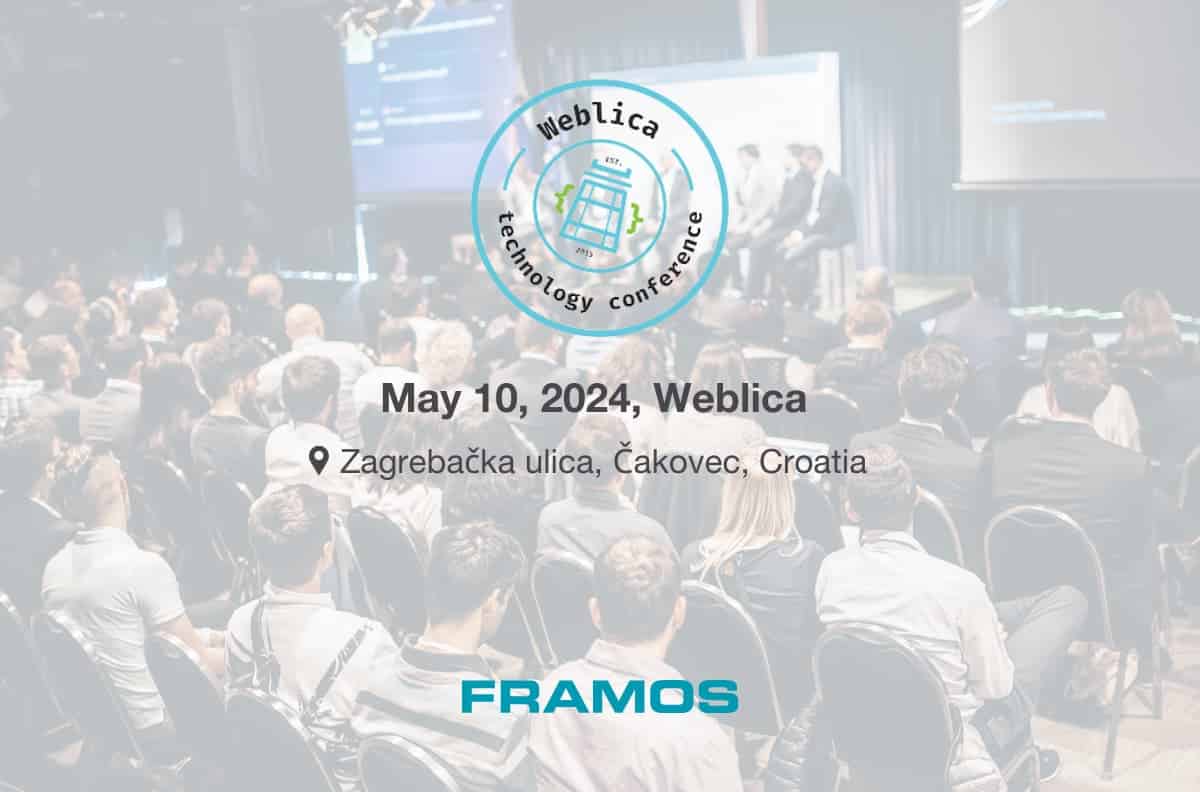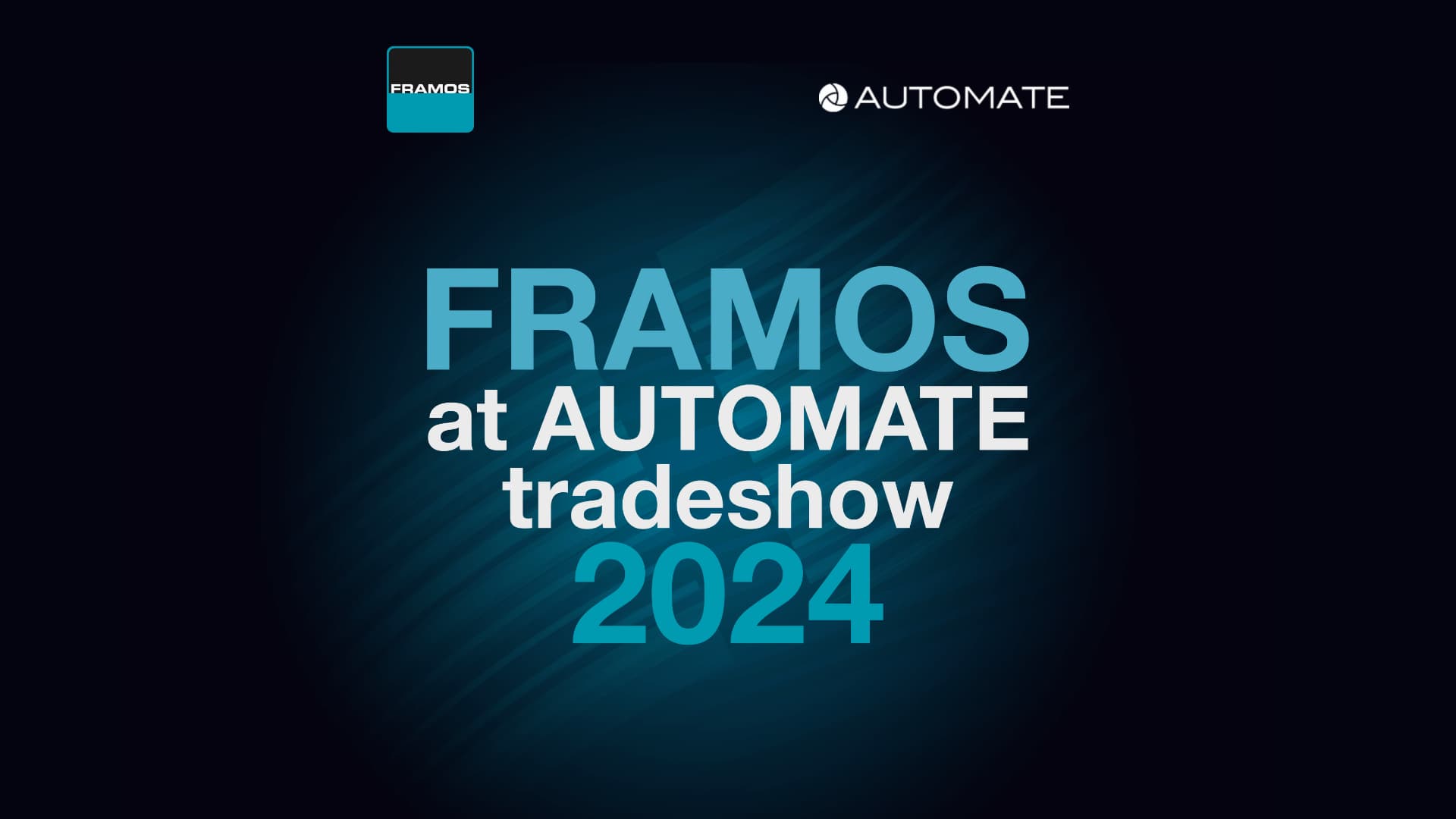The history of image processing, the latest developments and predictions for the future were the main topics which occupied experts invited to a round table discussion on 14.07.2011 at FRAMOS GmbH in Pullach. To mark its 30 year anniversary, a group of knowledgeable specialists from the sector met to discuss the most exciting topics and trends. The participants came from a variety of fields related to the sector including active businesses (Allied Vision Technology, ASM Pacific Technology (formerly Siemens), CCD Videometrie, FRAMOS, Sony Europe, Stemmer Imaging), the press (Markt&Technik), the European Machine Vision Association (EMVA) and science (University of Applied Sciences Göttingen).
Looking back, the group recounted the first steps taken in the image processing sector. Research was one of the first important fields in which image processing developed. As early as the 1970s, Stemmer developed a system for the Fraunhofer IPA (Institute for Manufacturing Engineering and Automation). As Wilhelm Stemmer remarked: “The so-called mini-computer was actually a machine which filled an entire room.” For some time computer storage capacity remained a big challenge, until the 1980s, when computing technology began to make rapid progress and thus helped to propel the development of image processing forward. Prof. Klaus Bobey from the University of Applied Sciences Göttingen expressed his great respect for pioneers like Mr. Franz: “I admire your courage for investing the greatest efforts into the development of digital image processing in the early 80s!”
At the beginning of the 1990s, digital cameras began to have a huge effect on development, which were mainly used in security applications and microscopy, although it was still quite difficult to find the sensors required. “Back then in Germany, it was cheaper to buy a Sony Camcorder and take out the sensors in it than to buy sensors individually,” noted Dr. Reimar Lenz of CCD Videometrie. Personal computers were however becoming faster and faster, had more storage capacity and more powerful processors.
Over the last ten years the teething problems have been overcome and some of the small companies from the early years have since become market leaders. Digitalisation has on the one hand made the market more varied but also increased standardisation. “Image processing is growing at an incredible rate, especially in terms of units sold, but prices are sinking,” said Patrick Schwarzkopf of the EMVA.
The circle of experts also discussed which new non-industrial applications might emerge in future. The participants were all in agreement that many extraordinary applications are currently being developed. The conventional machine vision market will gradually be replaced by innovative markets such as life sciences, service robotics, agriculture and the food industry. One example is football statistics. A camera system in the stadium tracks the moving patterns of the players, and identifies and evaluates them. In this way player assessment can be improved and the technology can even help coaches to make important decisions quickly at half-time.
The use of robotics in organic farming provides another glimpse of the future. “One day weeds will be pulled by robotic arms as they drive by, or even blasted with a laser,” was the opinion of Patrick Schwarzkopf of the EMVA.
In the area of sensors things are also developing rapidly. CMOS sensors have dramatically increased their share of the market, replacing CCD sensors, the development of which has largely been exhausted. The quality of CMOS sensors is constantly improving and they provide significantly more possibilities in the areas of HDR, IR etc. Gerd Häberle of Sony Europe, however, is convinced that CCD and CMOS will both continue to exist side by side on the market for some time and that both are needed for different applications.
The same applies to the various interface standards, which all, depending on the situation in which they are used, find an appropriate application. New interfaces such as the 10 GigE Vision and USB 3.0 excel through bandwidth, but developments in power consumption, cable length and price still need to be optimised. Dr. Karl-Heinz Besch from ASM Pacific Technology was optimistic though: “We’ll just have to wait and see what becomes standard. GigE has a certain charm for us users.”
3D is also a really hot topic in industrial image processing at the moment. Will 3D really be used in industrial applications? Processes such as stereo, triangulation and structured light are now well-known and are already being used in pick and place, cast parts measurement and portioning applications. More developments are required before this technology is ready for the market however. Wilhelm Stemmer and Dr. Andreas Franz identified a clear trend here: “away from specialisation and towards product-orientated solutions that anyone can use.”
The whole group sees enormous potential for future image processing applications in the most diverse areas. They estimate that not more than 10% of possible applications make use of image processing yet.
One participant had a personal request for a new development in image processing: “A camera for your button hole would be wonderful, one which can recognise who you’re talking to and prompts you with their name!”
A comprehensive report on the round table discussion will be published by Andreas Knoll (Editor in Chief of Markt&Technik, Energie&Technik and elektrotechnik.de) in Markt&Technik, planned for issue 35.
Publication: Markt & Technik Computer Automation










